The 1930s had got off to a dramatic start with the In Beauty It Is Finished controversy (see previous article “A First Controversy”) and the drama did not let up, thus ensuring an exciting decade of risk-taking and development.
With growing financial confidence the Empire Chambers in Wharf Street - hired for many years – gave the Society a permanent office and a venue for meetings and play readings and a part-time Secretary was appointed, the only paid administrative position until the appointment of an Executive Officer 42 years later.
Early in the 1930s, the Society became involved in an Australia-wide innovation of broadcasting radio plays, initiated by the newly formed Australian Broadcasting Commission. Sixteen plays were broadcast nation-wide on Brisbane’s 4QG in 1934, arranged by Barbara Sisley, Rhoda Felgate, Dulcie Scott, Jum Pendleton and J.J.Stable. While it lasted, this involvement in broadcasting was a very good strategic move and assisted both image and finances. It was an early example of professional aspirations and recognition of the directing and acting capabilities of Repertory members.
Despite these healthy signs of growth and development, fiscal concerns were never far away, especially the ever-increasing financial burden of theatre hire which was to worry successive Repertory Councils. With no ‘home’ for over 40 years, the Society at various times hired or leased all the well known spaces in Brisbane including the Theatre Royal, the original Cremorne Theatre, His/Her Majesty’s Theatre, Bohemia Theatre, Princess Theatre, Albert Hall and Rialto Theatre, All Saints’ Hall. Finally in 1934 a lease arrangement was entered into with the Princess Theatre, located (not all that conveniently but at least close to the city) on Annerley Road, Woolloongabba.This arrangement lasted until the end of 1941 and accommodated 57 Brisbane Repertory productions.
By 1935, the number of productions per year had grown to six, each playing for a two or three night run. There had even been several tours of one night stands to Townsville and Toowoomba. Then Brisbane Repertory tried something extraordinary. Probably because of the all-year availability of the leased Princess Theatre, in 1936 the Council decided to try to increase its revenue by programming an unprecedented ten productions, each on three consecutive Saturday nights making an extremely ambitious 30 continuous weeks of performances. When you factor in ten rehearsal periods of probably six weeks each, the labour involved in mounting and bumping out a production every three weeks, and subscribers attending a performance every three weeks, it must have been an exhausting year for the entire organisation!
That experimental year left the Society with a financial loss but by the end of 1937 this situation of financial loss had been turned around. A very capable financial manager, solicitor Tom Stephens had been appointed its Honorary Treasurer and his new wife and popular new member Babette Stephens was in charge of the Social Committee. She organised, among many other fund-raising events, the inaugural Repertory Ball at the Belle Vue Hotel, an event which proved to be such a money spinner that it remained a feature of Brisbane’s social calendar for decades.
Another reason for the improved financial position was related to a policy change “to entrust the productions of the Society to one Producer”. President Stable and his Council were responding not only to some uneven direction by the six different directors the year before, but to competition from two new Brisbane amateur groups – Twelfth Night Theatre founded by Rhoda Felgate in 1936 and Brisbane Amateur Theatres established by Jean Trundle and her husband Vic Hardgreaves in the same year (re-named Brisbane Arts Theatre eleven years later). In an endeavour to create a distinctive ‘house style’ and to ensure consistency in the artistic product, the Council made the decision to appoint Barbara Sisley as the Society’s only director for the 1937 season. She directed all eight productions and was paid a Producer’s Fee of £58.5.6 for the year’s work. As reported by Stable, it was a positive move both artistically and financially.
Despite this temporary financial turnaround, by the end of 1939 World War II was looming and the cost of leasing the Princess had put such a financial strain on the Society that it owed well over £550 to the Bank of New South Wales. Although Tom Stephens said “there was not the slightest cause for alarm” this was a financial situation that might have defeated a less hardy volunteer-based organisation. Instead, the Council called on members’ support to liquidate the debt and by the end of the year almost £100 had been raised, a worthy effort given the uncertainty created by the imminence of war. This rallying of support by a constituency too devoted to its Theatre to risk its demise was repeated many times throughout Brisbane Repertory’s history.
Writer: Christine Comans
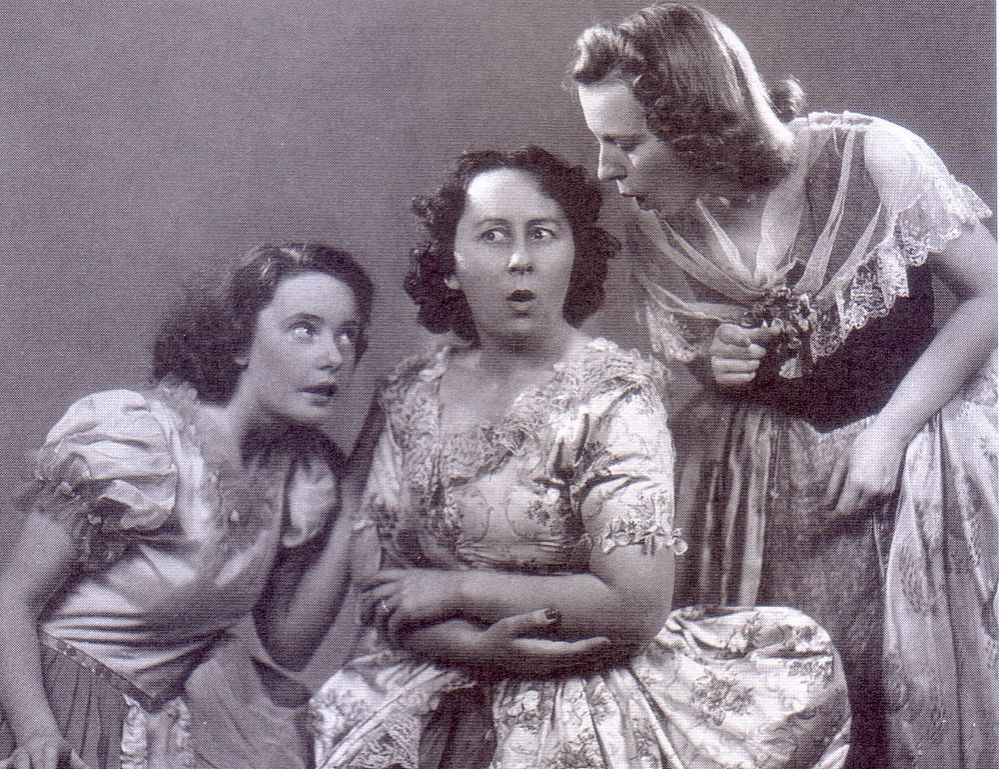

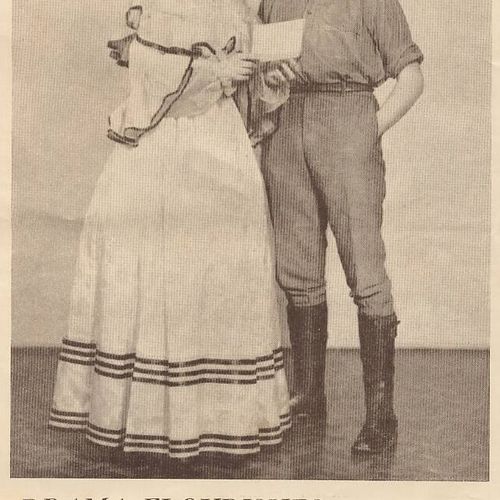
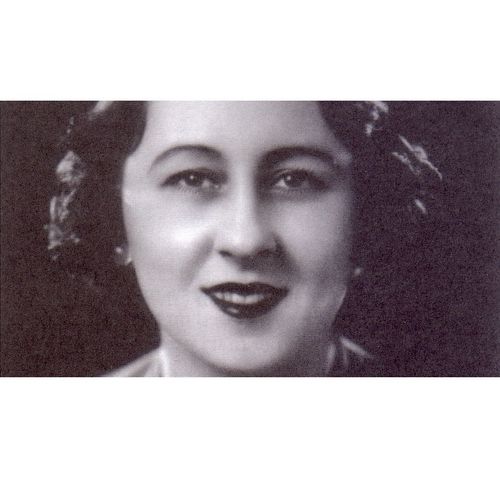
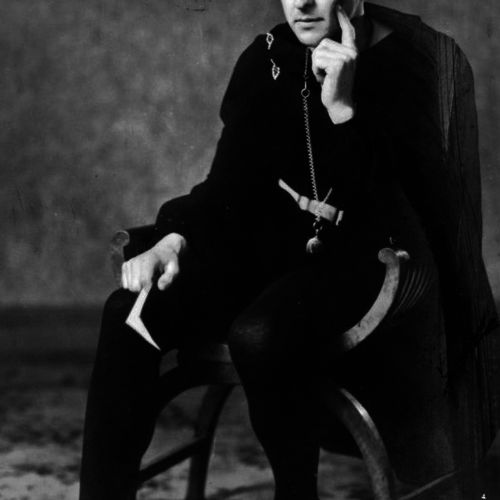
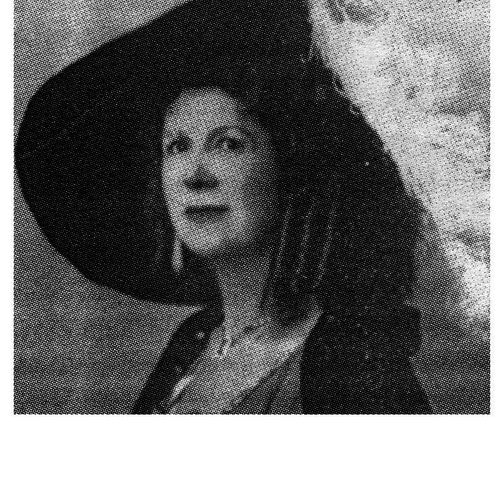

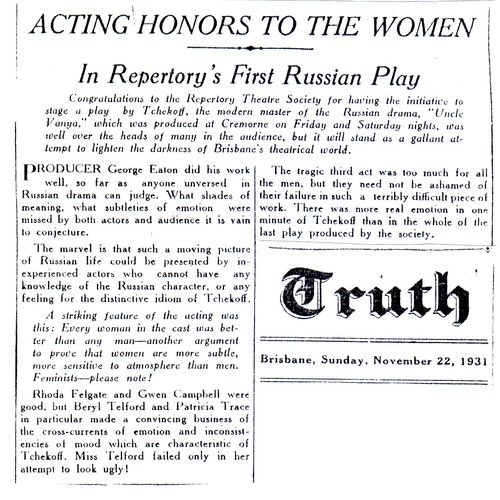

Tell us your story